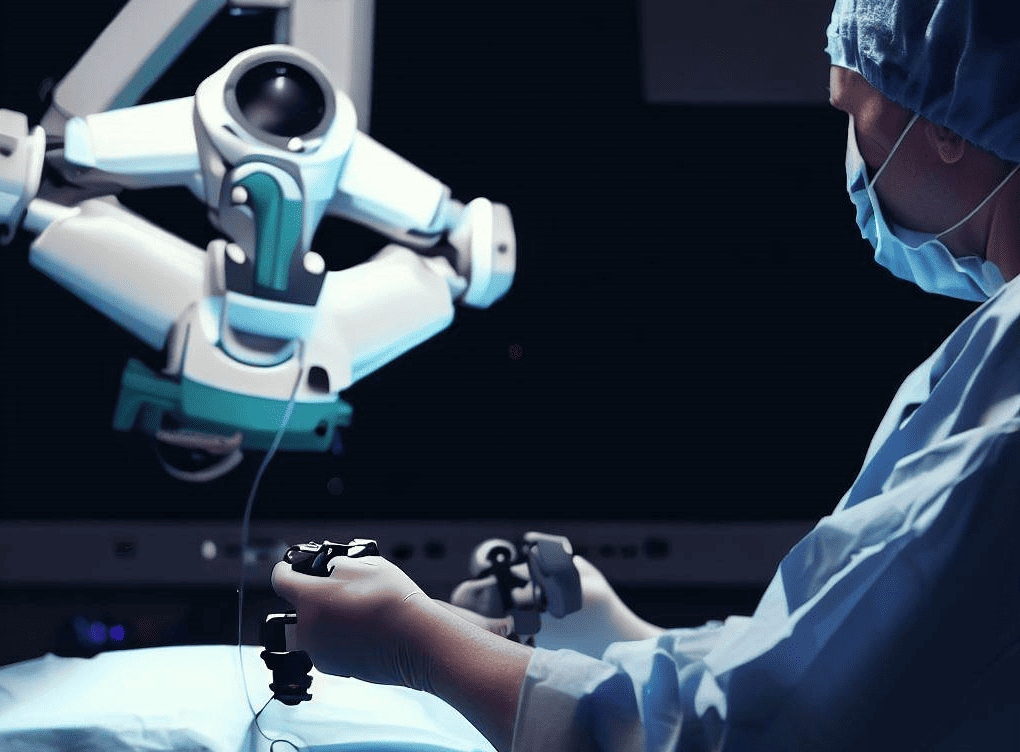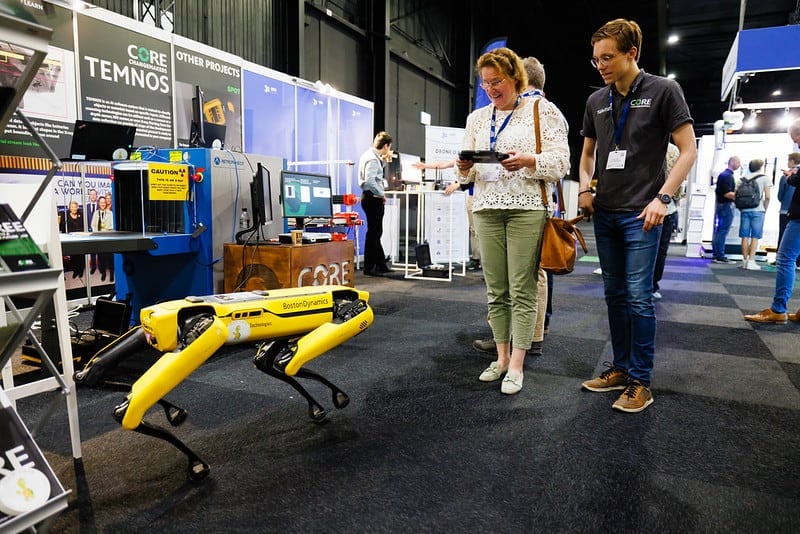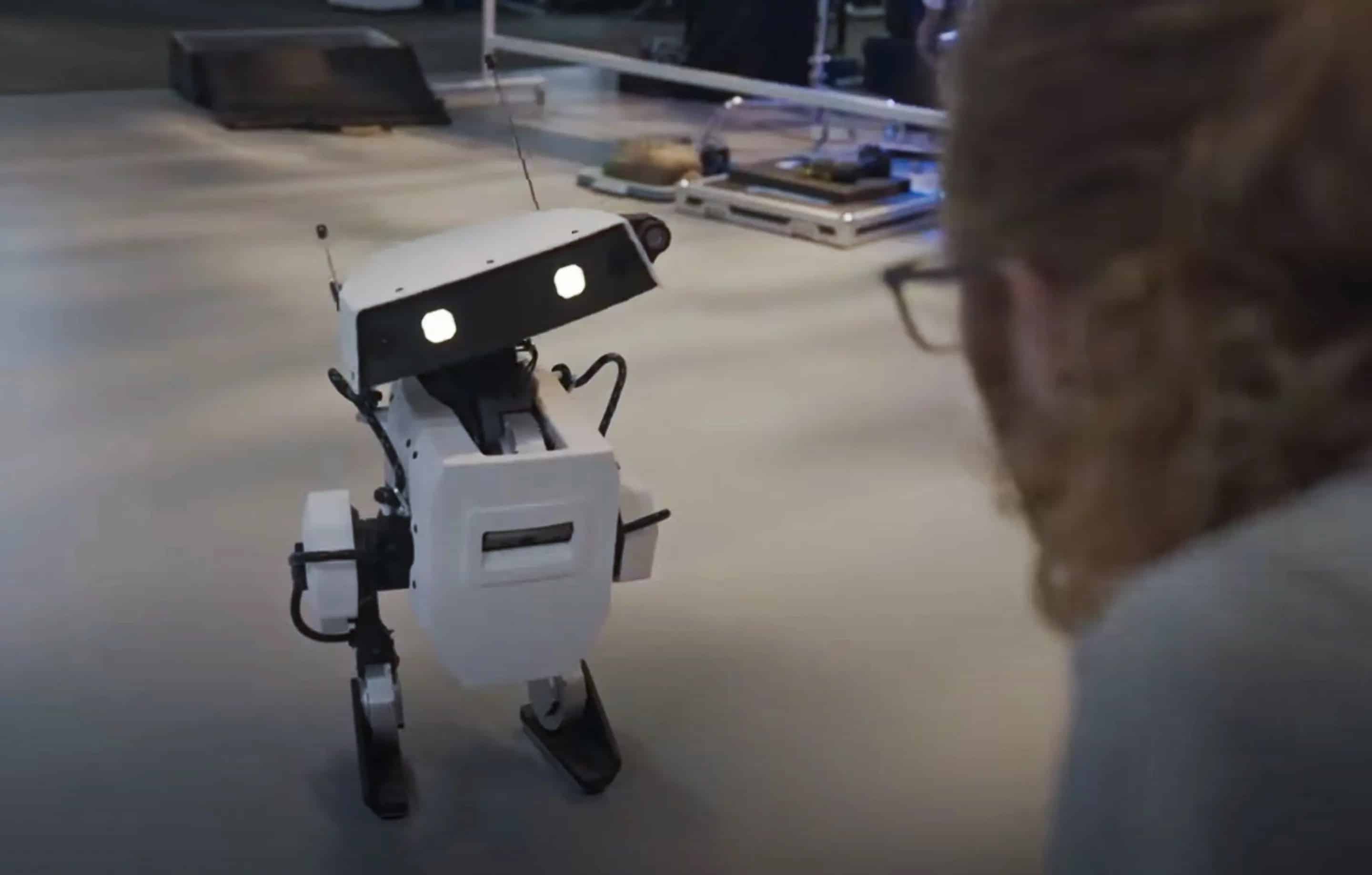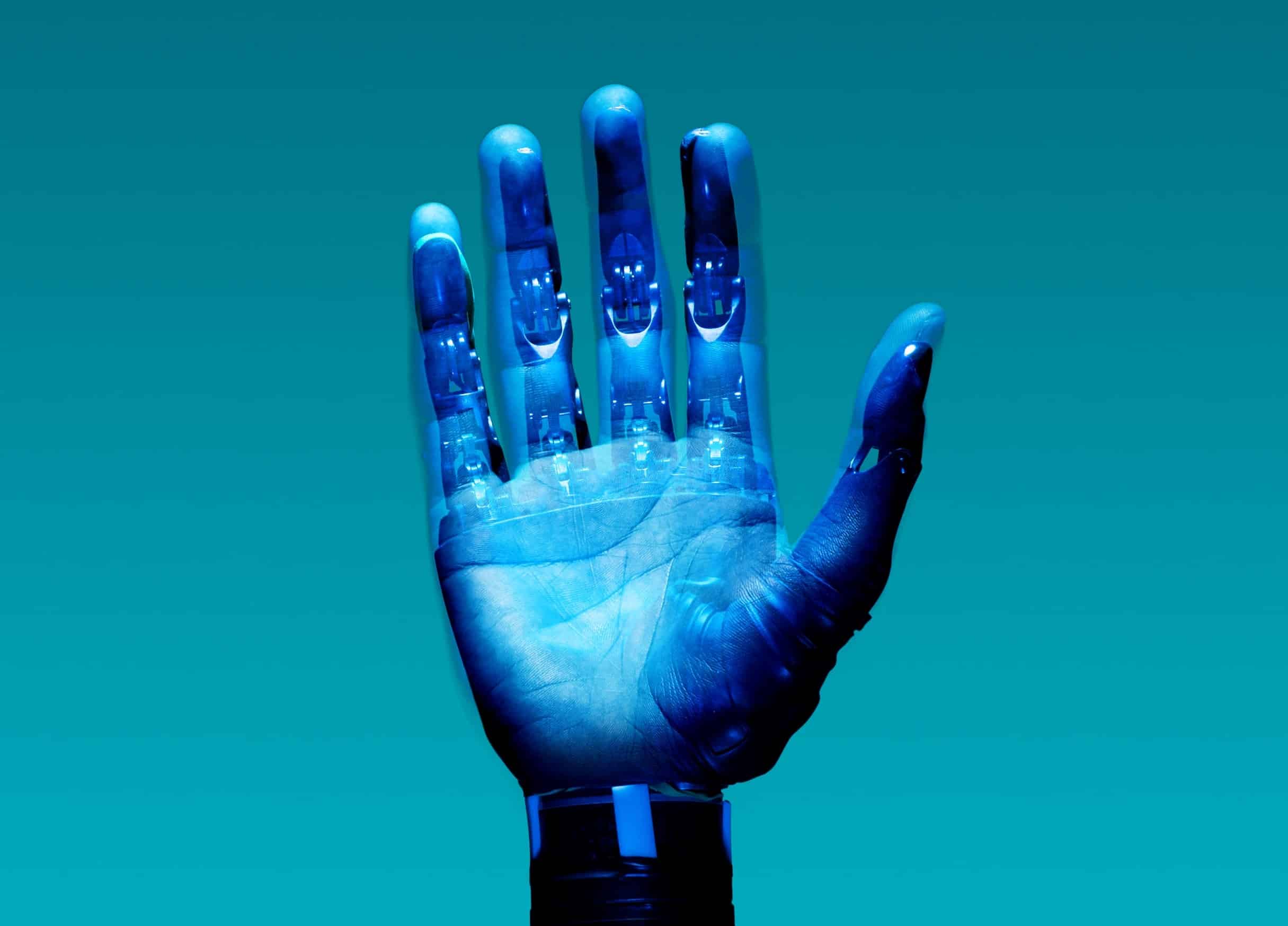
A team of scientists has developed electronic skin that could pave the way for soft, flexible robotic devices to assist with surgical procedures or aid people’s mobility.
The e-skin created by researchers from the University of Edinburgh gives soft robots for the first time a level of physical self-awareness similar to that of people and animals, the institution said in a press release. The technology could aid breakthroughs in soft robotics by enabling devices to detect precisely their movement in the most sensitive of surroundings, experts say.
Soft robots with precise sensing
Soft robots – which are made of pliable materials rather than metal or hard plastic – with e-skin could have a range of applications, including surgical tools, prosthetics and devices to explore hazardous environments.
Unlike traditional rigid robots, which have a set range of movements, soft robots are highly flexible. This poses a major challenge to developing the sensing systems that are essential for robots to carry out precise tasks and interact safely with people and the environment, researchers say. Without e-skin, it is hard for soft robots to understand their own motion and shape, and how these qualities interact with their environment.
The Edinburgh team, working with the University’s commercialisation service, Edinburgh Innovations, has developed a technology that overcomes this problem and provides soft robots with highly accurate, real-time sensing abilities.
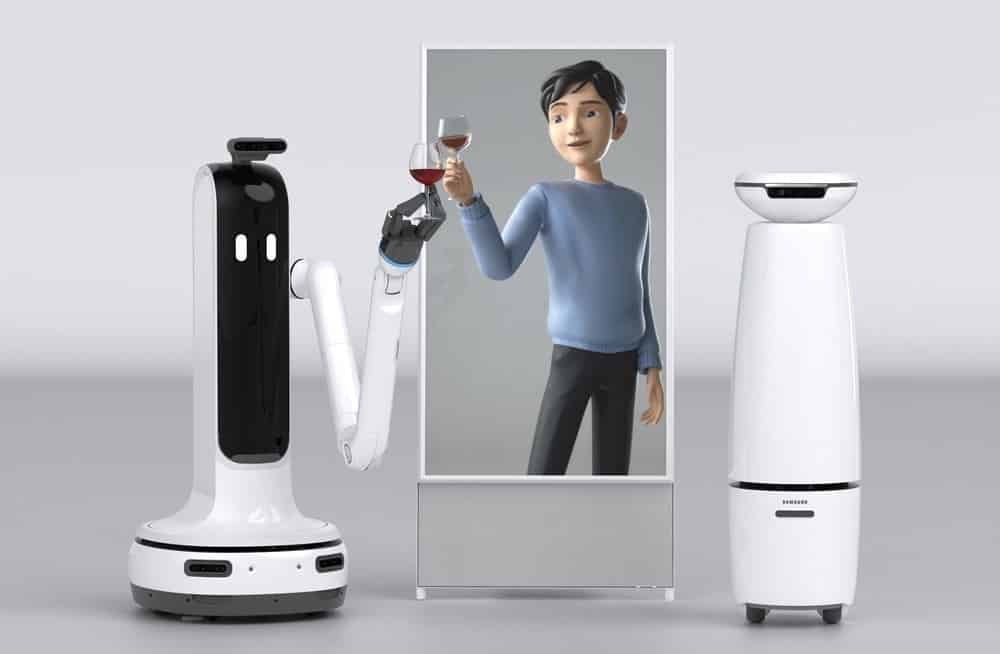
Flexible material and complex movements
Researchers created a flexible e-skin made of a thin layer of silicone embedded with wires and sensitive detectors. Using the e-skin – which is 1mm thick – in combination with artificial intelligence, researchers were able to give soft robots the ability to rapidly sense their motions and deformations with millimetre accuracy in three dimensions, in real time.
The team tested their e-skin by fitting it to a soft robot arm. They found that the technology was able to sense a range of complex bending, stretching and twisting movements across every part of the device.
“The flexibility of the technology we have developed means it could be applied to various soft robots to enable them to accurately perceive their own shape and movements. Ultimately, that means we are now closer to making some of the most exciting ideas in soft robotics a reality – said Dr. Francesco Giorgio Sechi, from the University’s School of Engineering.
Selected for you!
Innovation Origins is the European platform for innovation news. In addition to the many reports from our own editors in 15 European countries, we select the most important press releases from reliable sources. This way you can stay up to date on what is happening in the world of innovation. Are you or do you know an organization that should not be missing from our list of selected sources? Then report to our editorial team.

